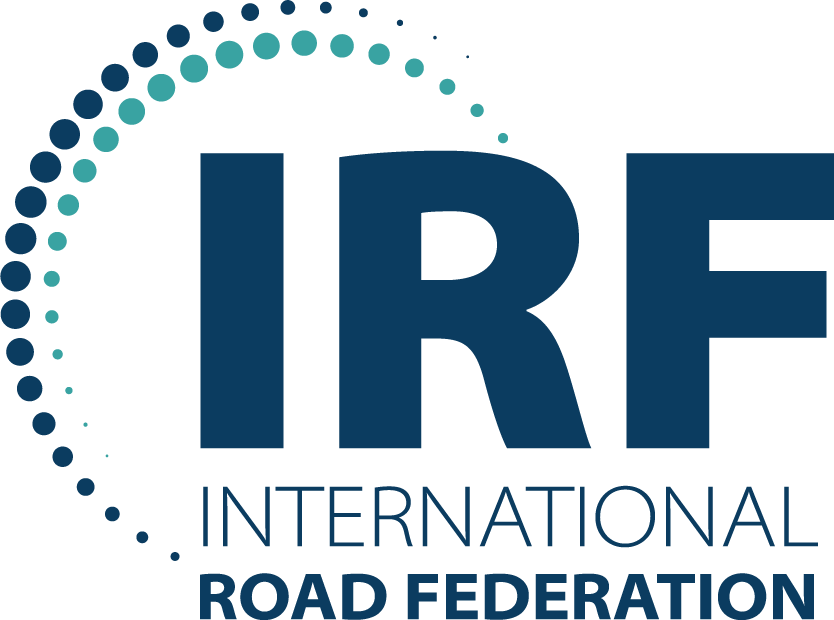NEW ZEALAND
ROAD SAFETY PROFILEThe ATO road safety profiles offer insights into the road safety in 37 Asia-Pacific countries by utilizing road safety related data from various sources and policy information extracted from a range of documents.
These road safety profiles were developed by the Asian Transport Observatory in collaboration with the Asia Pacific Road Safety Observatory (APRSO) and the International Road Federation (IRF). This September 2025 edition updates the February 2025 release—prepared for the Global Ministerial Conference on Road Safety in Marrakech—to inform discussions at the Asia-Pacific Regional Road Safety Conference in Manila.
Country Summary
Road safety remains a significant public health challenge in New Zealand. While progress has been made over the past decade, the country still experiences a considerable number of road crash fatalities and serious injuries. In 2021, road crash injuries accounted for 1.1% of deaths in New Zealand, estimated at around 300 fatalities (WHO). This narrative explores the current status of road safety in New Zealand, examining data discrepancies, disaggregated data insights, economic costs, crash ratings, motorization trends, benchmarking, and the evolving policy landscape.
A minor discrepancy exists between different reporting sources. However, ensuring data consistency and robustness of reporting mechanisms is crucial for evidence-based policymaking.
Analyzing disaggregated data reveals crucial trends. The share of females in road crash fatalities in New Zealand decreased slightly between 2010 and 2021, remaining higher than the Asia-Pacific average. The combined share of minors (<14 years) and seniors (>65 years) in fatalities also increased slightly, mirroring a similar trend in the Asia-Pacific region. The share of pedestrians and bicyclists in total fatalities in New Zealand at 10% is significantly lower than the Asia-Pacific average.
The economic burden of road crashes in New Zealand is substantial. In 2021, fatalities and serious injuries cost approximately 7 billion USD, equivalent to roughly 3% of the country's GDP. This is in addition to healthcare expenditure in New Zealand in the same year of 10% of GDP.
Furthermore, road crashes constitute about 10% of the total implicit costs associated with fossil fuel subsidies in transport. Investment in road safety measures, such as the IRAP estimate of 526 million USD annually, could save around 100 fatalities annually.
The International Road Assessment Programme (IRAP) provides valuable insights into road infrastructure safety. New Zealand has made significant progress in this area, with a high percentage of roads rated 3 stars or better for pedestrians and bicyclists. However, the rating for motorcyclist safety lags behind, highlighting a need for targeted improvements.
New Zealand has a high rate of motor vehicle ownership about 886 vehicles per thousand population. This is primarily dominated by LDVs (75%) and trucks (20%).
Benchmarking
WHO estimates the fatalities in New Zealand changing from 9.3 in 2010 to 6.6 fatalities per 100,000 population in 2021, equivalent to a -29% decrease. During this period, Asia-Pacific experienced an improvement of about -19% while Pacific also decreased by -32%. Benchmarking against other countries in the Asia-Pacific region reveals areas where New Zealand excels and areas where it needs to improve.
New Zealand had about 7 fatalities per 100 thousand registered vehicles.
Can Asia meet the 2030 target of halving fatalities?
- Urgent action needed to reduce road fatalities The Decade of Action for Road Safety 2021-2030 aims to cut road fatalities in half by 2030. An annual reduction of at least 7.4% is necessary to achieve this.
- Asia-Pacific region falling behind Despite reaching a peak in road crash fatalities, the Asia-Pacific region is not on track to meet the 2030 goal. The average annual reduction in deaths between 2016 and 2021 was only 0.6%, far below the required rate.
- Varying progress across Asia Using the 2016-2021 road crash fatality growth rate as a basis for estimates until 2030:
- Only 3 Asian countries are projected to achieve the 50% reduction target by 2030.
- 18 Asian countries are expected to reduce fatalities by at least 25%.
- Worryingly, 7 Asian countries will continue to increase road fatalities, moving further away from the target.
- In New Zealand, road crash fatalities decreased by approximately -0.3% per year between 2016 and 2021. However, this is not enough to reach the 2030 target to halve the fatalities by 2030
References
ATO. National Database (2024). https://asiantransportoutlook.com/snd/
IMF. (2024). Climate Data. https://climatedata.imf.org/pages/access-data
Institute for Health Metrics and Evaluation. (2021). GBD Results. GBD Results. https://vizhub.healthdata.org/gbd-results
Institute for Health Metrics and Evaluation. (2024). Global Burden of Disease Study 2021 (GBD 2021) Cause-Specific Mortality 1990-2021. https://ghdx.healthdata.org/record/ihme-data/gbd-2021-cause-specific-mortality-1990-2021
iRAP. (2024). Safety Insights Explorer. iRAP. https://irap.org/safety-insights-explorer/
Nirandjan, S., Koks, E. E., Ward, P. J., & Aerts, J. C. J. H. (2022). A spatially-explicit harmonized global dataset of critical infrastructure. Scientific Data, 9(1), 150. https://doi.org/10.1038/s41597-022-01218-4
United Nations Department of Economic and Social Affairs Population Division. (2022). World Population Prospects 2022. https://population.un.org/wpp/
WHO. (2023). Global Status Report on Road Safety 2023. https://www.who.int/teams/social-determinants-of-health/safety-and-mobility/global-status-report-on-road-safety-2023
World Bank. (2023). GDP, PPP (current international $). World Bank Open Data. https://data.worldbank.org/indicator/NY.GDP.MKTP.PP.CD
World Bank. (2024). Current health expenditure (% of GDP). World Bank Open Data. https://data.worldbank.org/indicator/SH.XPD.CHEX.GD.ZS





